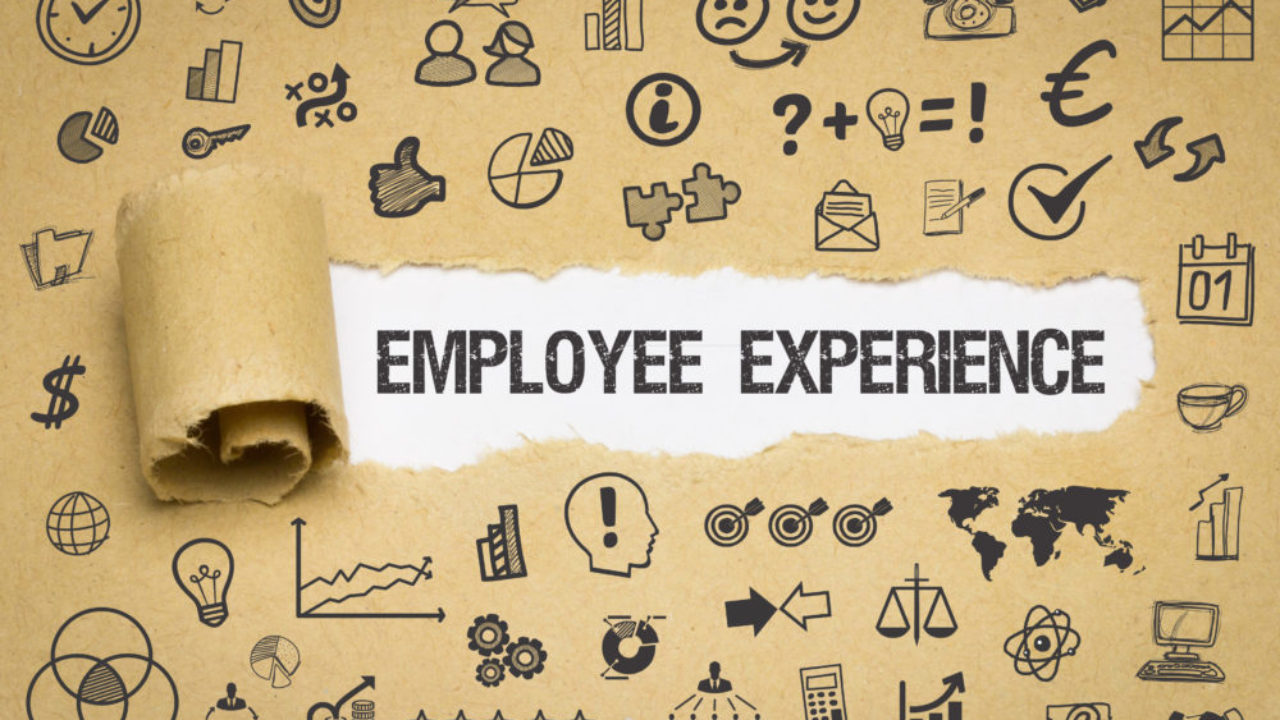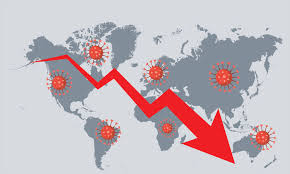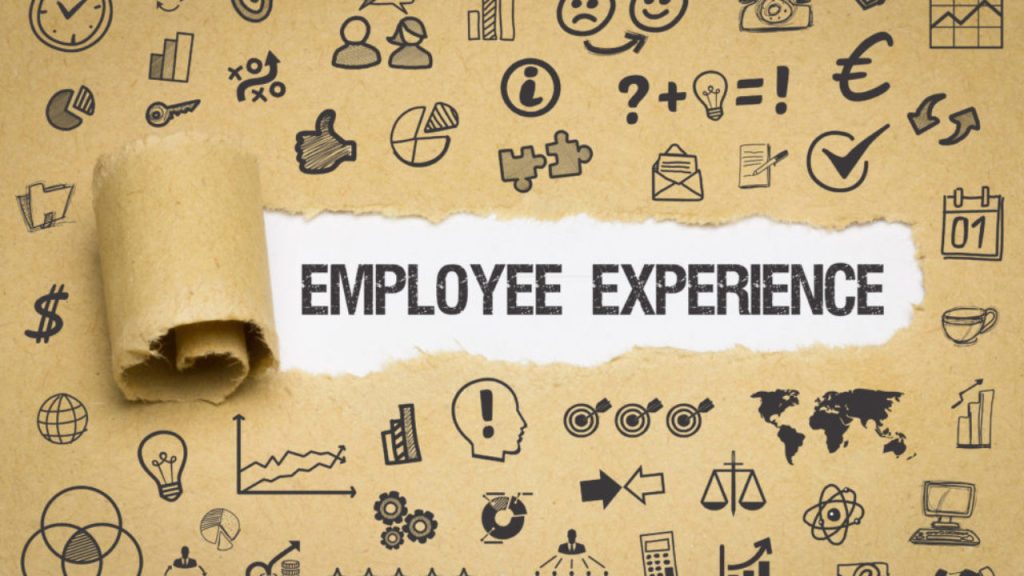
Learn how PossibleWorks can help you
After facing one of the worst health pandemics, the world is slowly getting back to the new normal. With nation-wide lock-downs that bought the whole economy to a standstill for months, businesses have re-opened in the unlock phase. Equipped with face masks, sanitizers and gloves, employees are ready to get back to offices and work. Both businesses and employees are guaranteed to see as well as expect huge changes in their experience of working for and engaging with each other.
Today, we refer to time in terms of pre-COVID, during-COVID and post-COVID times. The pre-COVID times promoted open communication, frequent travels, in-person interactions and deadlines, the during-COVID times disrupted the whole process with this global outbreak when people got confined to their homes. With the unlocking process is in progression in many countries, it becomes crucial to have a workforce that may only technologically connected but is equally committed and self-motivated.
Pre-COVID times were slightly tough for businesses as the economy was already seeing indication of slow growth but in the during-COVID times many businesses completely stopped resulting in business closure and massive layoffs worldwide. These uncertain times have made employees terrified of loss of their jobs, thus may feel disengaged and lack motivation. Developing a humane, accommodating, reliable, steady and motivating environment for employees is the need of the hour for businesses.
Companies have worked hard in keeping employees motivated during the lock-downs, but the same is equally important in these post-COVID times as the working conditions change significantly. Employee experience or the experience that you offer to your employees will determine their commitment, level of self-motivation and chances of success in the unlock phase.

“Employees’ experience and related feelings caused by one-off and cumulative effect of interactions with their employer’s customers, leaders, teams, processes, policies, tools and work environment”, is known as Employee Experience or EX.
Employee Experience should not be confused with employee engagement. While the latter is a measure of how employees respond, EX represents how employees feel at the workplace. EX is the sum total of the all interactions that an employee has within the organization. Better employee Experience has proven to offer better business value. Companies who invest time and resources in improving employee experience have seen double return on revenue as compared to its counterparts.
Investment in employee experience delivers results for the long term. So, a focus on how to treat your employees is important. In fact, as per a recent survey by IBM, organizations that come in the top 25% of employee experience report get nearly 3X return on assets as compared to those in the bottom line.
In the past five years, Google searches for “employee experience” have increased by 130%. This shows how the concept is gaining mainstream popularity.

In these uncertain times, providing employees with a work environment and experience that promotes self-motivation, commitment and engagement must become a priority for any organization.
While companies and leaders across the global are looking for ways to bring business on track or grow by addressing the safety, stability and security of employees during the pandemic, employee expectations are undergoing change. Such employee expectations have given rise to some new trends for the post pandemic times. It is imperative that HR leaders understand and evaluate the impact of these trends on their business.
Let us look at some trends that are here to stay Post-COVID-19 and will influence the future in the new normal.
Pre COVID-19 work-from-home was considered a luxury that companies provided to its employees. However, COVID-19 made remote working the way of life with the lock-downs and restriction on movement. Till COVID-19 is contained or measures are in place for frequent and safer commute, remote working is here to stay. While restrictive, it also brought in unintended benefits like less time lost in travel, savings due to less office space and reduction in associated costs, etc. In the future, working remotely is likely to become the preferred way of working rather than a luxury at least for majority of employees if not for all.
A recent poll showed that 48% of employees will work remotely (at least part-time) after COVID-19 as compared to only 30% before. Another survey showed that 78% managers feel “flexible schedule and telecommuting” as the most effective and non-monetary way of retaining employees. With this shift to work from home operations, organizations will need to assess and build critical competencies to collaborate digitally. Also, a systematic approach to provide for continuous communication and feedback will be essential for better remote collaboration.

With the workforce working remotely, timely and effective communication assumes critical importance. Defining and communicating business and individual goals, sharing strategy and keeping updates on the progress require an effective process. By promoting regular and transparent communication with employees, organizations can foster trust and value in employees.
A BSC survey found that 78% of companies that outperform their peers have a formal process to communicate strategy to others in the organization. This encourages collaboration and communication among employees and managers. Adding a dash of transparency will ensure that all employees are privy to the business goals and feel more engaged with the organization. This, in turn, will enhance the overall employee experience.

To make the remote working successful, availability and accessibility of technology is a pre-requisite. Accessibility to internet, computer, telephones etc will be essential for employees to operate remotely. However, to contribute towards organizational success, employees and managers need to stay connected too. This is where digital platforms play a valuable role.
Use of virtual or digital platforms will explode with extensive mass adoption in the coming years. Use of tools like Google documents, Zoom Video calling, Data Transfer application and digital marketing will become common practice. In the long term, the technological advancement will enhance participation of employees in the organizational matters. Plus, performance management will become easier with everything recorded digitally.

In the above point, we highlighted how technology will become a greater part of employee experience. Consequently, companies are also utilizing technology to monitor their employees. Use of virtual check-in and check-outs, tracking official email communications, monitoring work computer usage has become common in the virtual working era.
While employers are allowing their workforce to work remotely, there is still a requirement to measure their performance and productivity. Employers have increased their employee data collection and use of analytics to gauge employee performance. Digital performance management software are being used increasingly to enhance continuous feedback and communication.
Digital platforms like PossibleWorks help you collect employee data and also help you define & communicate organizational and individual goals, create an open 360 degree feedback mechanism and give you analytical insights for each employee and their performance. Analytics provide a better and more statistical idea about where the employees stand in terms of their work and value to the organization.

The fast-changing business environment has necessitated continuous learning for employees. The slowdown has presented businesses with an excellent opportunity to up-skill employees for the current and potential future roles.
IT is imperative for managers to start career conversations, promote learned discussions and give necessary guidance. Employers and leaders can help employees get ready for the next phase of their career by enlightening them what the global market will look like for your business or market, what will be required from the employees and how they can improve on it.

Most organizations recognized the humanitarian crisis caused by COVID-19 and prioritized their employees as humans first and workers second.
As leaders, employers need to be deliberate in their approach and mindful of the effects their choice will have on employee experience. Engage your task-force to operate in team culture and create a sense of inclusiveness. In the post-COVID-19 phase, some of your employees will still be operating remotely while some may come to the office. Address any inequities in your treatment of in-house and remote workers to promote enhanced employee experience.

Today, when the world is trying to re-start, businesses are focusing on designing their strategies to be resilient rather than efficient. While efficiency focuses on streamlining roles and workflow, they are insufficient to respond to disruptions.
Businesses post COVID-19 need to be resilient to survive any disruptions that may occur in the coming days, weeks or months. Being resilient for survival will therefore be prioritized over efficiency, which can be brought in later. Creating a progressive work environment and employee experience will encourage employee to work with the organization not just for it.

The post (or recovering) COVID-19 era will depend majorly on good instincts, creativity and innovation of human aspect (employees) of an organization. Therefore, organizations need to focus their energy on providing an employee experience that fosters self-motivation, ideation, extraordinary creativity and boosts employee engagement.